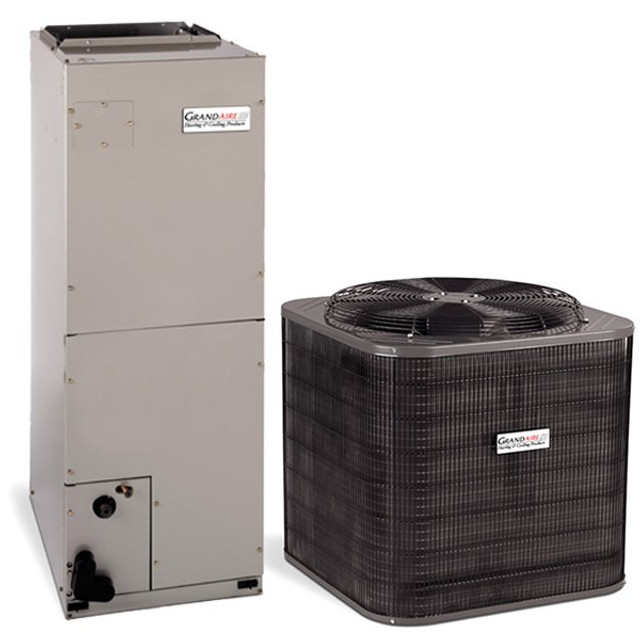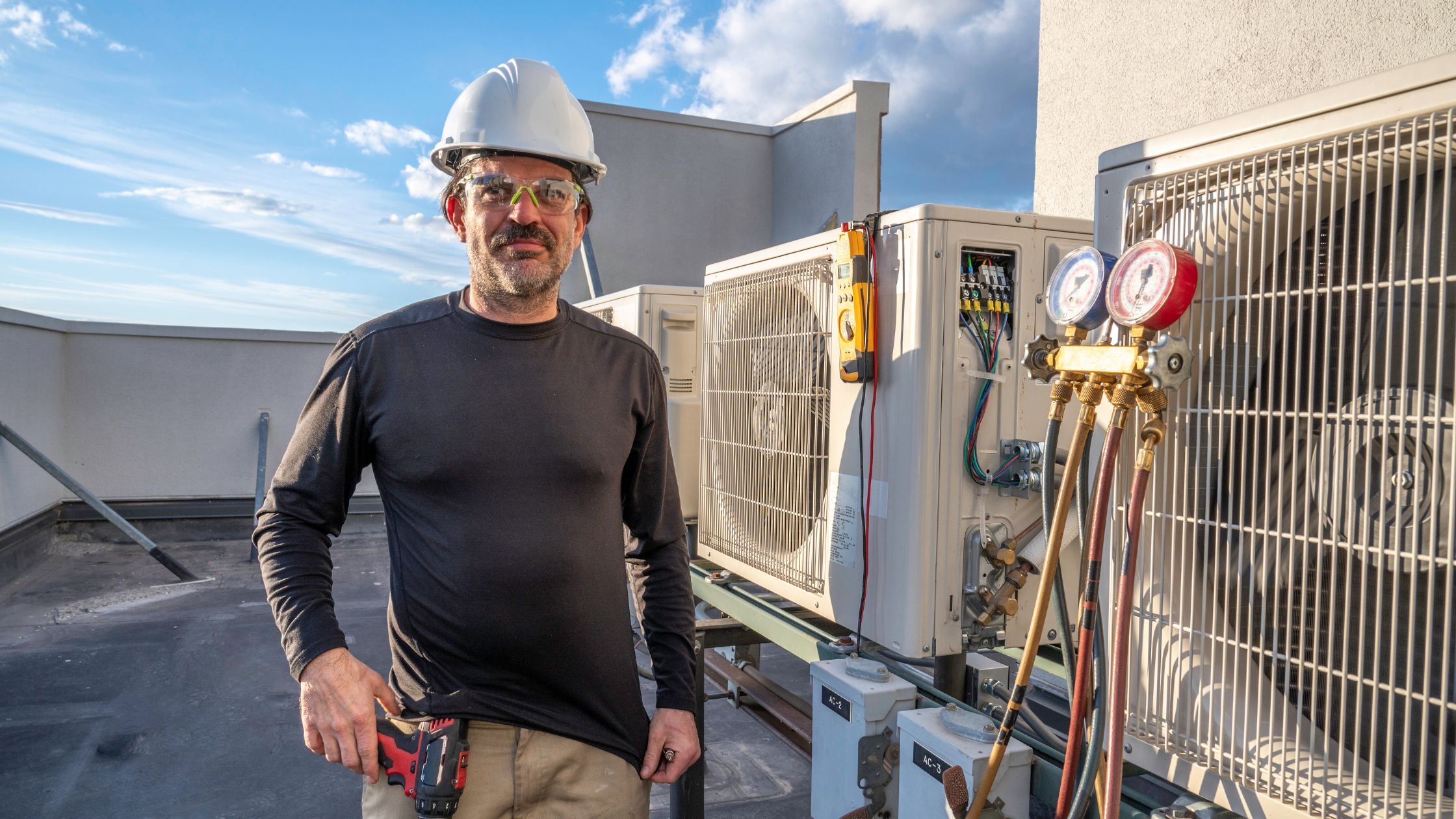Installing a 1.5 ton air conditioning (AC) unit can significantly improve the comfort of your home or office. However, the effectiveness of your AC unit largely depends on its correct installation. This guide provides detailed instructions and tips on installing a 1.5 ton AC unit, ensuring it operates efficiently and maintains optimal performance over time.
1. Location Selection for the Units
Choosing the right location for both the indoor and outdoor units of your AC is crucial for efficient operation and longevity of the system.
Outdoor Unit Placement: Position the outdoor unit in a shaded area to avoid direct sunlight, which can significantly reduce its efficiency. Additionally, the unit should rest on a solid, level surface to reduce vibration and noise. Moreover, ensure there is ample space around it for unrestricted airflow and easy maintenance.
Indoor Unit Placement: Conversely, install the indoor unit away from direct sunlight and sources of heat, such as kitchen appliances or electronic devices. It should be mounted on an interior wall to facilitate balanced cooling throughout the room. Ideally, the best height is about 7-8 feet from the floor to allow for optimal air distribution.
2. Insulation and Sealing
Ensuring proper insulation of the room and the AC system itself is key to preventing energy loss.
Room Insulation: Firstly, make sure that all windows, doors, and other openings are well-sealed. Use weather stripping and caulk to seal gaps, effectively keeping cool air in and warm air out.
Ductwork: Furthermore, if your AC system uses ductwork, inspect it for leaks or holes. Seal any leaks with mastic sealant or metal tape and insulate the ducts to prevent energy loss, especially if they pass through unconditioned spaces.
3. Electrical Connections and Considerations
Handling the electrical aspects of AC installation is critical for safety and functionality.
Power Requirements: Initially, verify that the electrical supply is adequate for your AC unit’s needs. Most 1.5 ton units require a 220-240 volt outlet. Also, ensure that the circuit is dedicated solely to the AC to avoid overloading.
Professional Wiring: Subsequently, have a licensed electrician manage the wiring and connections. This ensures that the installation meets local electrical codes and is safely executed.
4. Mounting and Connecting the Units
Proper installation is essential to ensure efficient operation and prevent issues like water leakage from the indoor unit.
Mounting the Indoor Unit: When mounting the indoor unit, ensure it is perfectly level. This is crucial for proper drainage of condensation and to avoid water damage or bacterial growth inside the unit.
Connecting Indoor and Outdoor Units: Additionally, use insulated copper tubing for the refrigerant lines between the indoor and outdoor units. Ensure these connections are secure and leak-free. The length of the tubing should be as per manufacturer’s recommendations to avoid efficiency losses.
5. System Testing and Calibration
Once the installation is complete, a thorough testing and calibration phase is necessary.
Testing the System: Firstly, run the system to check for any installation errors. Listen for unusual noises, check for refrigerant leaks, and make sure the drainage system works correctly.
Calibration: Furthermore, adjust the thermostat and other controls to ensure they accurately respond to the actual room temperature. Calibration helps in maintaining the desired comfort level and energy efficiency.
6. Maintenance for Longevity
Regular maintenance is essential to extend the lifespan and efficiency of your AC unit.
Regular Cleaning: Regularly clean or replace the air filters every one to three months, depending on usage and environmental conditions. Also, clean the outdoor unit of leaves, dirt, and debris which can obstruct airflow.
Seasonal Checks: Moreover, before the peak cooling or heating seasons, have a professional service the system to check refrigerant levels, electrical components, and system functionality.
7. Professional Installation Services
While some aspects of AC installation can be DIY, professional installation is highly recommended. Professionals not only ensure safety and compliance with standards but also optimize the efficiency and durability of the system.
8. Conclusion
Correctly installing a 1.5 ton AC unit involves careful planning, from selecting the right location to ensuring proper insulation, electrical safety, and regular maintenance. By following these detailed tips, homeowners can enjoy a seamlessly functioning AC unit that provides effective cooling and heating while keeping energy costs in check.
This guide aims to empower you with knowledge and practical tips to install your 1.5 ton AC unit, ensuring it delivers optimal performance and efficiency.
Also read = Technological Advancements in 1.5 Ton AC (Air Conditioning) Unit
FAQ: Installation and Maintenance of 1.5 Ton AC Units
You should place the outdoor unit in a shaded area to avoid direct sunlight and on a flat, stable surface. Make sure it has at least 24 inches of clear space all around for adequate airflow and maintenance.
Ideally, mount the indoor unit about 7-8 feet above the floor. This height promotes optimal air distribution and cooling efficiency.
A 220-240 volt outlet is necessary for most 1.5 ton AC units, along with a dedicated circuit breaker to prevent overloading. Check your unit’s manual for specifics, and consider hiring a licensed electrician for safe installation.
Seal all potential air leaks in windows, doors, and other areas using weather stripping or caulk. If your system includes ductwork, ensure it is sealed and insulated, especially in unconditioned spaces.
Clean or replace the air filters every one to three months, depending on environmental factors like dust and pet hair, to maintain air quality and unit efficiency.
Uneven cooling, frequent cycling, odd noises, water leaks, and unusually high energy bills can all suggest issues with the installation. If you notice these problems, consult a professional.
While some aspects of the installation may be manageable on your own, professional installation is recommended to ensure safety, efficiency, and compliance with local codes and warranty requirements.
Arrange for a professional to inspect and maintain your AC annually, preferably before the cooling season begins, to ensure optimal operation and prevent future issues.





